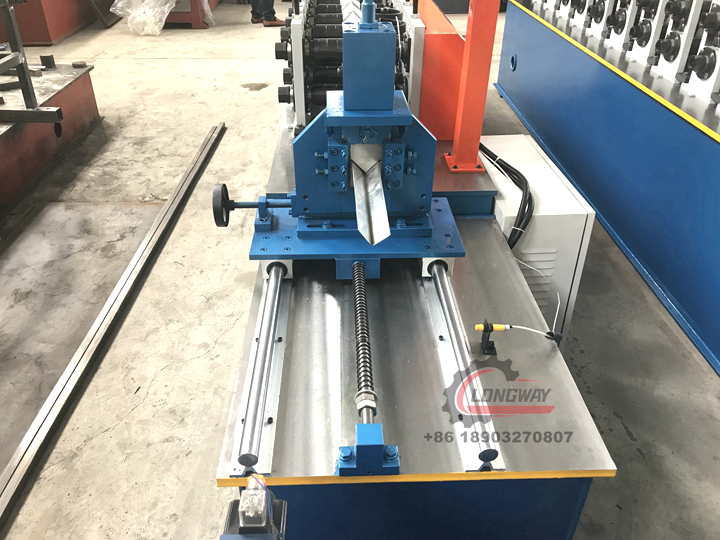High-Quality Corrugated Steel Sheet Roll Forming Machine | Durable & Efficient Solutions
Corrugated Steel Sheet Roll Forming Machine An Overview
The construction industry has long relied on innovative technologies to enhance efficiency and productivity. One such technological advancement is the corrugated steel sheet roll forming machine. This specialized equipment is designed to produce high-quality corrugated steel sheets, which are widely used in various applications including roofing, siding, and industrial buildings. This article explores the workings, advantages, and applications of corrugated steel sheet roll forming machines.
Working Principle
The corrugated steel sheet roll forming machine operates through a continuous process. The journey begins with the feeding of flat steel coils into the machine. The coils are unwound and guided through a series of rollers. These rollers systematically shape the steel sheets by bending and forming them into a corrugated pattern. The corrugation process not only enhances the aesthetic appeal of the sheets but also improves their structural integrity.
As the sheets move through the machine, they are cut to the desired lengths using a hydraulic or mechanical cutting system. The automation of this process ensures uniformity and precision, leading to minimal material waste. Additionally, advanced digital controls allow operators to easily adjust the machine settings, enabling the production of various sheet profiles and sizes.
Advantages of Roll Forming Technology
The use of a corrugated steel sheet roll forming machine presents numerous advantages. First and foremost, it maximizes efficiency by streamlining the production process. Traditional methods of manufacturing steel sheets can be labor-intensive and time-consuming, whereas roll forming significantly reduces lead times while maintaining consistent quality.
corrugated steel sheet roll forming machine

Moreover, corrugated steel sheets produced through roll forming are highly durable and resistant to various environmental factors. Their strength makes them suitable for use in harsh conditions, extending their lifespan and reducing the need for frequent replacements. This durability translates to cost savings over time, making corrugated steel a wise investment for construction projects.
Another notable advantage is the versatility of the machine. It can produce a diverse range of profiles and thicknesses to meet specific requirements. This adaptability allows construction firms to utilize corrugated steel sheets for a multitude of applications, from residential roofing to industrial warehouses.
Applications
The applications of corrugated steel sheets are extensive. In the construction sector, they are predominantly used for roofing and siding, providing efficient weather resistance and insulation. Their lightweight nature makes them easy to transport and handle, further enhancing their appeal for builders.
Additionally, corrugated steel sheets are utilized in the manufacturing of storage containers, agricultural buildings, and sound barriers along highways. Their aesthetic properties also make them a popular choice for decorative panels in commercial buildings.
Conclusion
The corrugated steel sheet roll forming machine represents a significant advancement in the construction industry, combining efficiency, durability, and versatility. As the demand for high-quality steel sheets continues to grow, the importance of this machinery will only increase. With its ability to produce a wide range of products quickly and cost-effectively, the corrugated steel sheet roll forming machine stands as a testament to the innovative spirit of modern construction technology.
-
Optimizing Your Production with CZ Purlin MachinesNewsMay.19, 2025
-
Maximizing Efficiency with C and U Channel Roll Forming MachinesNewsMay.19, 2025
-
Investing in Z Purlin MachinesNewsMay.19, 2025
-
Efficient Solutions with Metal Stud and Track Roll Forming MachinesNewsMay.19, 2025
-
Choosing the Best C Purlin MachinesNewsMay.19, 2025
-
Boost Your Production with Wall Angle Roll Forming MachinesNewsMay.19, 2025
-
Understanding Steel Coil Cutting Machines and Their ImportanceNewsMay.16, 2025








